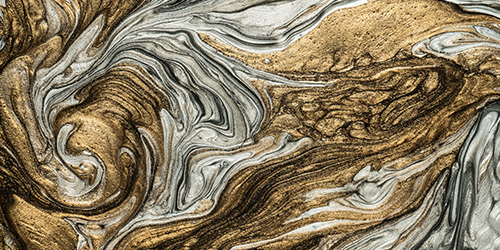
Metal matrix composites covers a wide class of materials. The research activity of our lab is mainly devoted to the material design of self-lubricating materials to be used for the manufacturing of components employed in electrical sliding systems. Material design is a branch of materials engineering that tunes both material composition and structure to reach the optimum trade-off between all the desired properties for a specific application. Different parameters have to be considered, starting from the selection of the pristine materials, going through the production method, and the concentration and combination of the reinforcements.
Copper and silver are the metals we analyse the most, mixed with solid lubricants such as carbonaceous structures (graphene nanoplatelets, graphene nanotubes, graphite), molybdenum disulphide, and tungsten disulphide. The pristine materials are characterised to better understand the original properties of the single components of the composites. The use of solid lubricants allows to resort to metal powder metallurgy to produce the materials, which are characterised by the typical analyses of materials science (X-ray diffraction, wettability, indentation hardness, scanning electron microscopy, microstructure analysis). Electrical and wear tests are then carried out to assess the effectiveness of the composites for the particular field of operation.
The aim of the so-produced materials is to extend the lifetime of the electrical components, to decrease the required maintenance, and to assure a high electrical conductivity and low wear.
